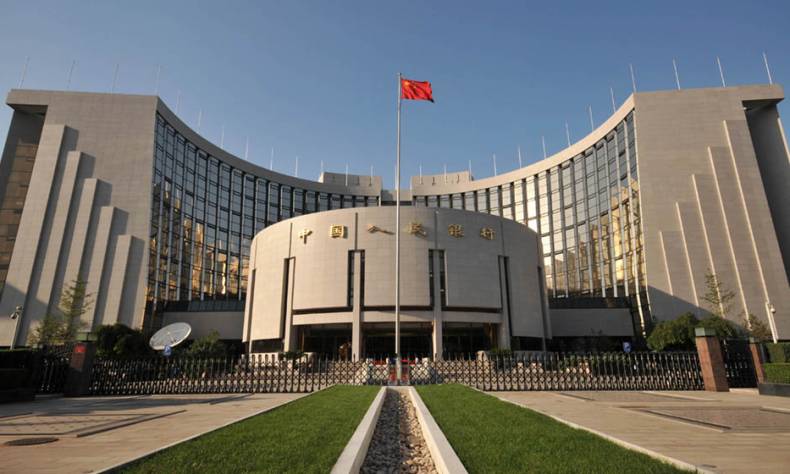
Will the Trade War Hit the Chinese Economy in H2?
How is China’s GDP doing in the first half? Is the Sino-US trade war damaged China’s economy? Are there any risks and challenges in the H2?
By Zhang Maorong
China’s economy maintained a steady growth in the first half, with outstanding results in high-quality development. First, the macro economy was rather stable. China’s GDP saw an increase of 6.8% in the first quarter. Adding this quarter, China GDP has maintained a 6.7%-6.9% growth over 11 consecutive months, showing a positive and stable growth trend. It is reasonable to expect that the GDP growth in the second quarter will keep in the same range. Second, the dynamism of the micro economy was strengthened. Indexes in kind including the total electricity consumption and the volume of railway freight kept growing. The drives for enterprises expansion were strong. The enterprises confidence further strengthened as the business environment of China keeps improving.
Two Key Factors Prop up Growth
There are two key factors that prop up China’s economic growth. First is the new driver created by the supply-side structural reform. This year will be a crucial year for supply-side reform. As the reform deepens since the beginning of the year, the micro leverage has been decreasing, so has been the commercial housing inventory, while investments into weak fields have seen rapid growth. Especially the fast-growing new industries have injected a new drive into the economy.
Production of China’s new energy automobiles increased by 56.7% in May, while integrated circuit grew by 17.2% and industrial robots by 35.1%.The momentum of the modern service industry was impressive, and the revenue of strategic emerging service industries saw an increase of more than 18% from January to April. All these data manifest that the supply-side structural reform is taking effect and gradually bearing fruits.
Second is the growing promoting effect of domestic demand on the economic growth. The contribution of domestic demand to the economic growth in 2017 exceeded 90%. Its contribution in the first quarter of this year was even higher. It is an irresistible trend that the scale, structure and contribution of consumption be expanded, upgraded and promoted when China’s economy comes to the present stage. Even if certain disruptions occur in the external world, China will still be able to maintain a rather stable and rapid growth as long as the domestic demand is robust.
Risks and Challenges
However, China’s economy is confronted to risks both inside and outside the country and these should not be ignored. In the international community, the trade war the U.S. wages against China is escalating. In addition to slapping tariffs on $50bn worth of Chinese products, The Trump Administration is now planning an additional 10% tariff on another $200bn worth of Chinese products. The trade war is likely to rage on and escalate to a financial and science and technology war. These actions show that the U.S. is upgrading its strategic suppression towards the rejuvenation of China. Along with stricter restrictions on China from the Western world, the external environment for China’s economic development is turning more difficult and uncertain.
Risks and challenges posed by the domestic environment include: the consumption growth slowing down against the backdrop of high commercial housing price; high cost and market access restrictions are likely to lead to another slide of nongovernmental investments growth; the systemic financial risks will possibly be intensified during deleveraging; macro tax burden is likely to grow…
Economic Prospects in H2
Looking ahead, even with several unfavorable conditions both inside and outside the country, the general positive environment remains unchanged. China is endowed with numeral favorable conditions for winning the three major tasks – including preventing major systemic risks, targeted alleviation of poverty, and pollution prevention and control – and dealing with external risks. Supported and safeguarded by a series of policies aiming at deepening reform and opening-up and expanding domestic demand, also promoted by the prudent and neutral monetary policy and proactive fiscal policy,
China’s economy in the second half will keep growing steadily, and its annual growth is expected to remain stable at a medium-high speed of around 6.7%. China will continue to be a key driving force of global economic growth.
The author is a researcher at Institute of World Economy, China Institute of Contemporary International Relations
 Facebook
Facebook
 Twitter
Twitter
 Linkedin
Linkedin
 Google +
Google +










